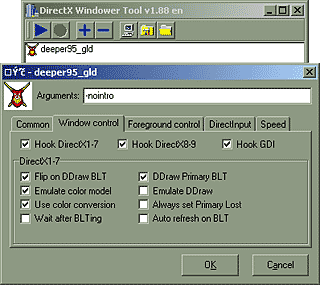
Solving the Red Cross and Disconnection Warnings Why? I guess it’s all about the tattooing issue still exist user/Vendor/MSFT/Policy/Config/DriveMapping~Policy~DriveMapping/Drive_H When you want to remove some of the Drive Letters, please make sure you change “ Enabled” value to “ Disabled” instead of removing it or changing it to not configured. HKLM\Software\Microsoft\Policymanager\Current\SIDIdĪfter logging off and logging on again, the drive mappings popped up and were ready for use.

While waiting for the custom-made policy to apply, look at the registry to check if you already can find the ADMX policy inside the HKLM\Software\Microsoft\Policymanager\Admxinstalled registry keyĪs shown above, the ADMX drive mapping is installed without any problems and within a few minutes, the drive mapping itself started showing up in the registry. Value: content of the drivemapping.admx fileĪnd of course, a separate CSP for the drive mappings and itself OMA-URI. Device/Vendor/MSFT/Policy/ConfigOperations/ADMXInstall/DriveMapping/Policy/DriveMappingAdmx The only thing you will need is the Drive mapping ADMX file which you will find here:įirst, we need to configure the CSP for the ADMX OMA-URI. In some older blogs I showed you the possibility to ingest some ADMX templates to configure some additional settings, so why not do the same for the drive mappings? What to do now?Īssuming we all have the Azure Ad connect requirement in place to get SSO from our AADJ devices to our on-premises environment let’s go forth! How are we going to mount or remove drive letters to our on-premises file servers when we have not yet migrated the data to SharePoint?Īre we going to map some old-fashioned drive letters with the use of PowerShell? I guess everyone has deployed Adminless and Applocker and of course, you made sure your Applocker policy will block PowerShell for the regular users.
WIN32 DISK MAP FUNCTIONS HOW TO



 0 kommentar(er)
0 kommentar(er)
